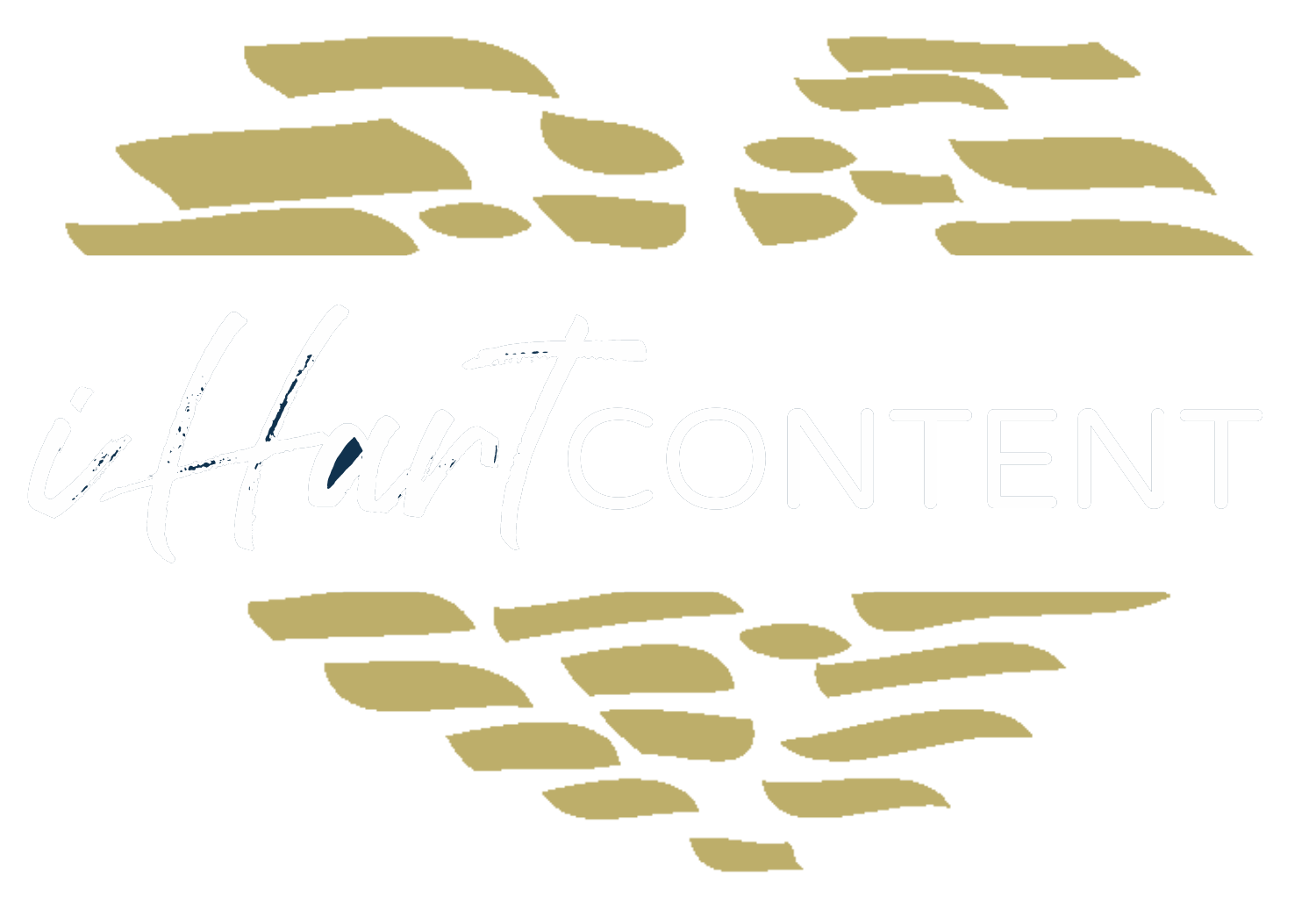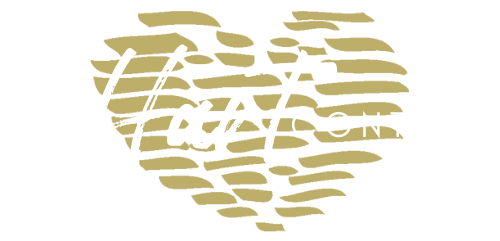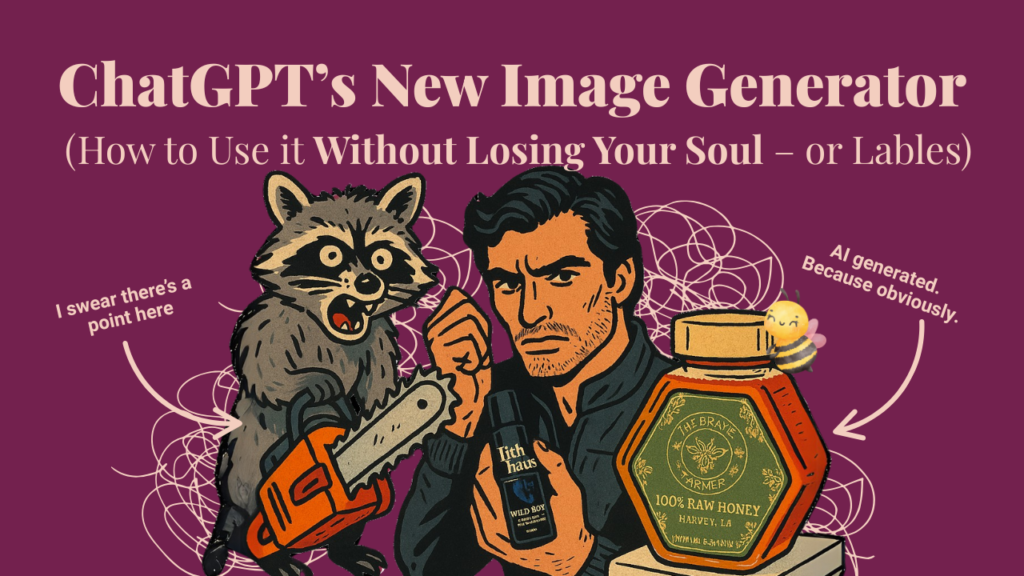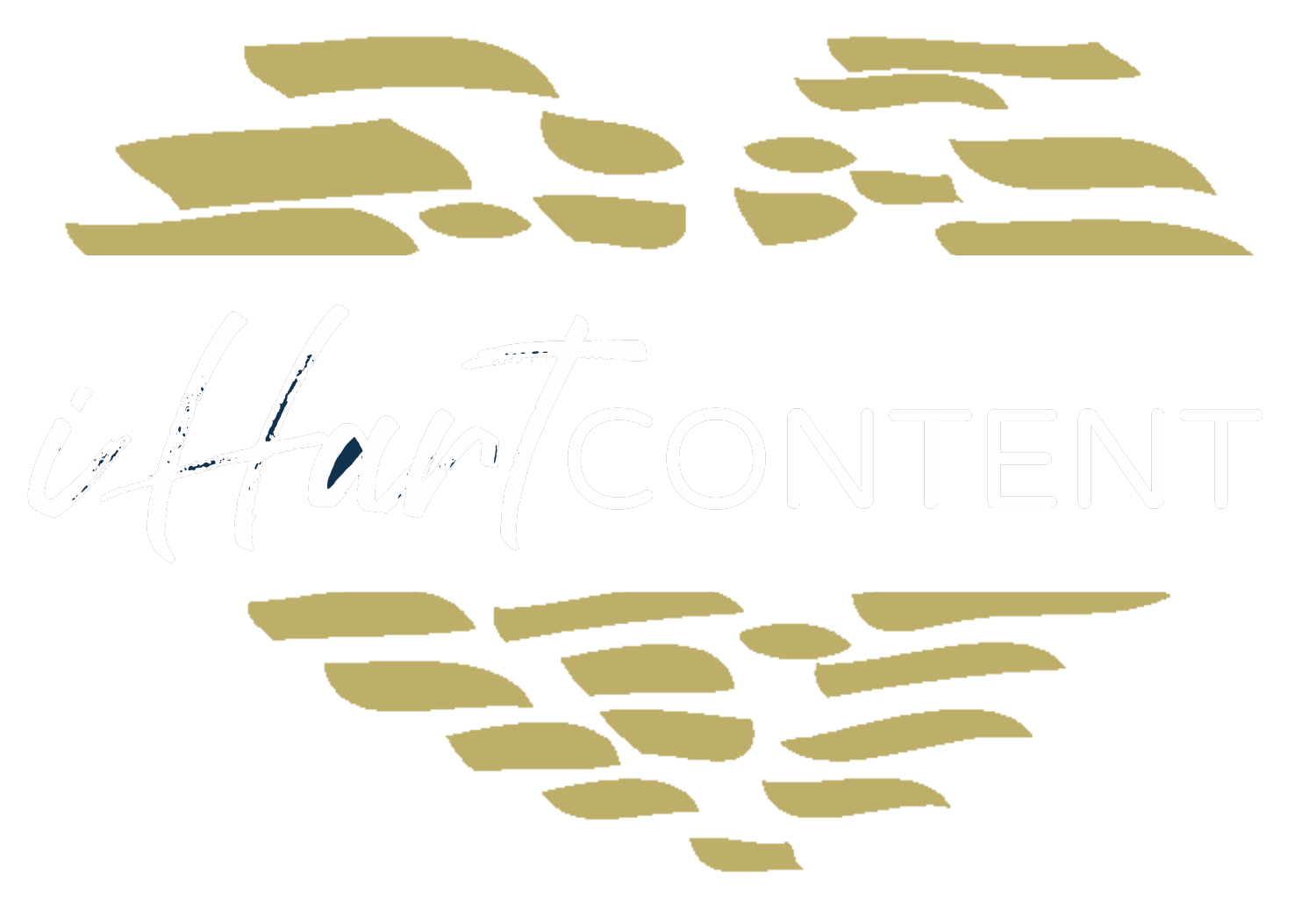Are you a planner or a pantser?
You know – someone who likes to fly by the seat of their pants.
I’m a mix of both. When it comes to creative writing, I’m most definitely a pantser. But there’s one thing I rarely choose to wing. Something that’s just too darn important – blogs for my business.
Blog outlines are equally important regardless of whether you’re planning to write the post yourself or send it off to a third party writer. If you’re a DIY-er, an outline will keep you focused and ensure that all your thoughts and ideas are captured in your draft, even if you need to step away from it for a time. It will also help you to be sure that your bases are covered when it comes to targeting keywords, internal linking (linking to other pages and pieces of content on your website), and calls-to-action.
Today, we’ll discuss exactly what you should include in your blog outline, whether you’re going it alone or hiring a copywriter.
There are 5 Essential Steps to Outlining a Blog Post:
- Write a Creative Brief
- Choose Section Titles
- Choose Sources and Inbound/Outbound Links
- Write a Strong Closing Paragraph
- Craft a Compelling Call-to-Action
Write a Creative Brief
The creative brief is – you guessed it – a brief section that outlines things like your brand’s voice, tone, and the objectives of your blog post. This is your chance to make sure you don’t wind up with a piece of content that is full of jokes and gifs for your highly professional, serious clientele (or vice versa!)
Include guidance such as:
- Keyword(s): What keyword are you targeting for this post?
- Author: Whose name will this post be published under?
- Due Date: When would you like the draft to be completed and submitted for editing?
- Publish Date: When will you publish your article?
- Reader Persona: Who is your author writing this blog post for? Are they a seasoned pro familiar with your industry jargon or a newcomer who needs things explained in layman’s terms?
- Voice & Tone: What style should your post be written in? Include details that will help your blog writers understand whether to take a highly professional tone or to use a more friendly, casual, or even humorous voice.
- Target Word Count: How many words do you want this post to be? We recommend between 500-1,500.
As a writer myself, I can’t tell you how much I’ve appreciated clients that thoroughly mapped out their brand in the creative brief. It made all the difference in the world and empowered me to craft stellar content that sounded authentic, and on-brand (even if I was completely unfamiliar with the brand in the beginning).
Choose Section Titles Wisely
Planning your section titles is one of the most important steps in planning your blog post. Your titles provide the bones of your piece, and without them, it all falls apart.
Make sure to carefully think through the titles of your different sections, as these will play a major role in the success of your post, both in terms of SEO and readability. Remember – most readers initially scan a blog post before deciding whether to keep reading.
Your section headers should be keyword-focused, and provide a truly scannable outline of your content regardless of whether your reader chooses to read every word or merely skim.
Consider the SEO Ramifications of Your Title Choices
From an SEO perspective, it’s important to maintain a consistent title hierarchy. That means that generally speaking, your blog title should have the <h1> tag, section titles should be <h2> with subsections being <h3>, so on and so forth. Try to refrain from using title tags to style your content, even though you might love the way your H3’s look for emphasizing a paragraph!
Keeping your title tag hierarchy consistent helps make your blog easier to read both for Google’s crawlers as well as for your readers.
Include Credible Resources
I like to include 2-3 resource links for my writers to draw from for each section. It’s important to make sure that you’re only choosing resources that you will be comfortable linking out to. Planning this in advance and providing your writers with links will limit the chances of them using an outdated resource, a low-quality website – or worse – your competition!
This is a great way to simultaneously plan out both your external and internal linking structure for your post. You can include other blog posts that you’ve published on your site as a resource, for example.
Regardless of how many links you choose to include, make sure that any facts or statements that are not considered common knowledge are linked to credible sources. Nothing undermines your business’ credibility like making wild unsubstantiated statements.
No one needs more #FakeNews, after all.
Write a Strong Closing Paragraph
In your outline, plan how you will approach your closing paragraph, and provide direction for your writers if you’re using them.
Your closing paragraph should leave your reader feeling clear and confident about the topic at hand. Use this space to briefly summarize what you covered in the previous paragraphs.
Make sure to wrap up the key points and takeaways – use bulleted lists if necessary. This is your chance to make a strong and lasting impression and solidify your brand’s position as a customer-focused, helpful company that has the reader’s best interest at heart.
Include a Call-to-Action (CTA)
Every blog post needs a CTA. Yes, every blog post. But this is one section of a blog post that you don’t want to leave up to the creativity of your writers. Make sure you’re explaining exactly what kind of call-to-action you want to include.
While every blog needs a call-to-action, it doesn’t always have to be self-promotional. Ask yourself what action you want your reader to take next. Do you want them to download an in-depth guide to the topic you’ve introduced? Do you want them to subscribe to your mailing list to receive more awesome, actionable content right to their inbox? Maybe you just want to keep the conversation going. In that case, you can ask your readers to leave a comment in the comment section about their experiences with the topic at hand (just be sure to follow up with them and respond to each comment!)
Final Thoughts
Planning your blog posts in advance has many benefits. Outlining gives you a chance to dial in the proper tone for your content, choose your target persona, map out your section titles, and plan your inbound/outbound linking structure in advance. It can also be a great way to ensure that you’re incorporating a great call-to-action that leaves your readers crystal clear on what action they should be taking next.
What other things do you include in your blog outlines? Are you a natural-born planner or a fly-by-the-seat-of-your-pantser? Let me know in the comments!








3 Responses
I’m an over-thinker & over-planner
As the saying goes “don’t let perfection be the enemy of the good” 😉